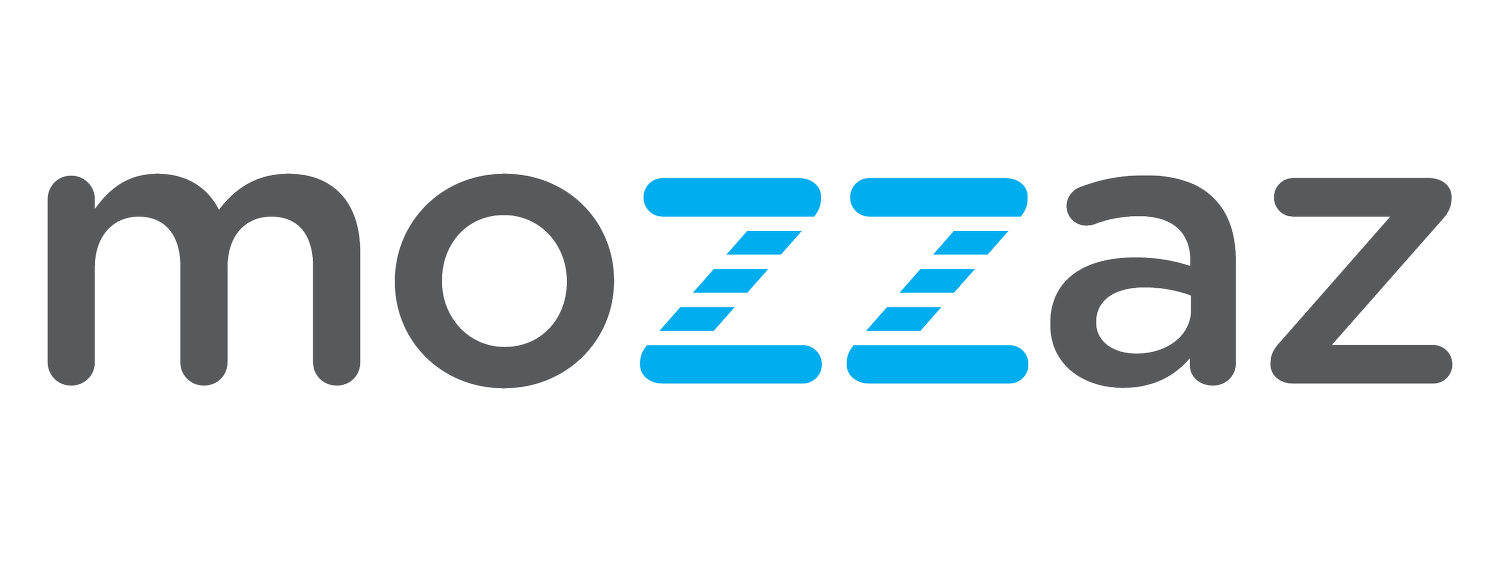
What’s Up At Mozzaz
Check out the posts below to stay informed about how Mozzaz is making waves in the digital health space
Filter by Category
Benefits of Remote Patient Monitoring
One of the most talked about technologies as a piece of this new and exciting medical frontier is remote patient monitoring. This process involves the continuous collection of patient data from a medical device, transmitted electronically to providers for monitoring and intervention. Remote patient monitoring is proving its ability to improve health outcomes across a variety of conditions and patient populations. Additionally, the benefits of remote monitoring in healthcare are numerous for providers.
What is Population Health Management?
Treating an individual’s symptoms is a key component in creating a healthy community, but it’s not the only one. Improving a population’s health involves larger, more holistic approaches aimed at identifying potential risks and empowering people to take better care of themselves. An increasing number of healthcare organizations are employing population health management strategies and supporting technologies to improve clinical outcomes. What exactly is population health management, and what does it entail for those organizations looking to leverage it to improve the health of their surrounding communities?
How Mental Health Awareness Month Drives Actionable Steps Forward
Mental Health Awareness Month is a great opportunity for us all to have valuable conversations around how to better serve those affected by mental illness, but real progress is made when these conversations lead to actionable next steps that outlive just one month per calendar year. As the digital transformation in healthcare forges on at a rapid pace, mental health professionals have an important seat at the table. Virtual care solutions are proven to have immense benefits for those with mental illnesses, and more organizations than ever are adopting technology to help improve outcomes for these patient populations.
Remote Patient Monitoring For Chronic Care
Generally incurable and ongoing, chronic diseases impact 60% of adults in the US, and 4 in 10 Americans have two or more chronic diseases. The prevalence of chronic diseases calls for a considerable number of resources and accounts for more than 75% of all healthcare costs. Remote patient monitoring and chronic care management are distinct solutions in the eyes of CMS, but they share a common goal to help those with chronic diseases manage their conditions for higher quality lives. Advancements in technology for both remote patient monitoring and chronic care management gives clinicians the ability to give these patients the time and attention they need to improve the trajectory of their disease progression with more convenient and cost-effective digital tools.
Remote Patient Monitoring: A Piece of the Telehealth Puzzle
Remote patient monitoring is just one application of telehealth. A piece of the larger puzzle. Telehealth encompasses a broad range of services that utilize telecommunications to deliver healthcare, education and more remotely. Although telehealth and remote patient monitoring are connected, these terms are not interchangeable. Read on to learn more about the larger umbrella of telehealth services, and then zoom in specifically on the topic of remote patient monitoring.
The Nexus of Retail and Healthcare
Today’s consumers have more options than ever when deciding how to spend their time and money. As a result, convenience, quality, and transparency are key pillars during any buyer’s journey, including the healthcare consumer experience. In the past, consumers held very different expectations for retail and healthcare, but modern advances have fueled the convergence of these two industries.
The New CMS ADT Rules Are Coming. Are You Ready?
The new CMS rules are upon us, and they are here to stay! Centers for Medicare and Medicaid Services (CMS) announced a deadline of May 1, 2021 for their new admission, transfer and discharge (ADT) notification requirements. A part of their larger Interoperability and Patient Access rule, it applies to all hospitals, including behavioral health and critical access hospitals (1). This initiative signals a shift in thinking that will benefit patients, encourage collaboration amongst providers and improve healthcare outcomes.
Utilizing Digital Technology to Manage Pre and Post-Acute Care Programs
During the global pandemic, surgical units have seen a large reduction in elective and semi-elective surgeries. As reducing exposure and contact becomes an increasing concern, patients are choosing to delay procedures or cancel all together to decrease their risk of contracting the novel Coronavirus. Luckily, digital tools are available to help streamline the perioperative care process, minimize contact, and reduce readmission during the post-acute care phase.
The Role of Digital Technology In Patient-Caregiver Interaction
Join a panel of Mozzaz experts for a fireside chat, as they have an informal discussion about the importance of effective communication between patients and their care teams, and the role digital technology must play in facilitating meaningful connections and keeping patients engaged.
Incorporating Digital Technology In Value-Based Care
As value-based reimbursements are more widely adopted, digital technology will play a big role in helping to move the needle forward. There are a variety of ways digital technology can help enable value-based care initiatives. This blog will take a closer look at 3 areas where innovation is making its mark in strategies for moving value-based care forward.
Best Practices in Suicide Prevention
As September comes to a close, Emma Sandrock and Megan Williams take a moment to reflect on the importance of Suicide Prevention Month and the opportunity it gives us all to focus our attention on an incredibly serious topic. Listen to their brief conversation and gain valuable information on ways to take action, provide support, get educated and help identify the signs for those who may be struggling.
Enabling The Digital Transformation of Therapy
Join Emma & Claudia as they have an open discussion about how the Mozzaz system is actively helping Heredia Therapy Group in their mission.
The Role of Technology In Addressing Social Determinants of Health
Technological advancements are making its way into healthcare and can be instrumental in tackling barriers linked to the social determinants of health. Social Determinants of Health include behavioral, social and economic conditions that influence an individual’s ability to practice healthy living. A ‘whole person’ approach to care delivery addresses the multidisciplinary nature of one’s health.
Virtual Care Technology Models As Long-Term Strategies
The pandemic has created urgency across healthcare providers, payers and patients to quickly implement innovative virtual care solutions, such as telehealth and remote patient monitoring. This has been supported by sweeping regulatory changes, led by the Centers for Medicare and Medicaid Services (CMS), and other government bodies. While many of these initiatives have been put in place on a temporary basis, we anticipate the ultimate result will be long-term regulatory and reimbursement changes encouraging virtual health adoption.
Addressing the Social Determinants of Health Through Whole Person Care
Health systems are beginning to focus towards a whole person care approach, a paradigm shift that embodies not only one’s physical health but also those non-medical factors known as the social determinants of health that have a great impact on care delivery and health outcomes.
Digital Technology Can Help Eliminate Mental Health Stigma In First Responders
First responders are repeatedly exposed to distressing incidents, trauma and death, putting them at risk for mental health issues. In addition to traumatic experiences, their work subjects them to unique and regular workplace stressors, such as: long work hours, heavy workloads, rotating or overnight shifts, unpredictable environments and physical demands. Due to these stressors, first responders are more likely to experience negative mental health symptoms, yet evidence suggests that many deny or resist seeking help for mental health due to stigma in their workplace culture.
Comprehensive Virtual Care
Health systems and organizations are under extreme stress with front-line workers who are in constant danger of infection with increased patient caseloads and limited resources. Health plans, including governments, have fast-tracked new billing codes and policies for telehealth and virtual care consultations. There are many solutions in the market creating confusion and delays and even risk. This webinar is designed to help organizations learn about implementing a well-designed secure and trusted virtual care solution that goes beyond standard video conferencing.
Artificial Intelligence Will Reshape Healthcare
Whether or not self-driving cars are the way of the future, artificial intelligence is now a fact of life. Once a theoretical hope, we have successfully created machines that mimic human cognitive behavior. They recognize patterns, learn, and form conclusions. For all intents and purposes, they think.
Transforming Patient Engagement Through Advanced Digital Strategies
How to engage your patients and clients in their care through person-centered technology to collect data across I/DD programs and services. Let’s continue the discussion and share best practices in technology-driven care used to improve care outcomes while reducing direct costs in care – see workshop agenda below. We will also discuss our mHealth assessment program to better understand your organization’s specific needs.
Why “Telehealth” Alone Isn’t Enough
Telehealth continues to offer tremendous potential to transform the healthcare delivery system by overcoming geographical distance, enhancing access to care, and building efficiencies. But online telehealth services on their own fall short of enabling true patient engagement and providing patients with the best possible care.




















